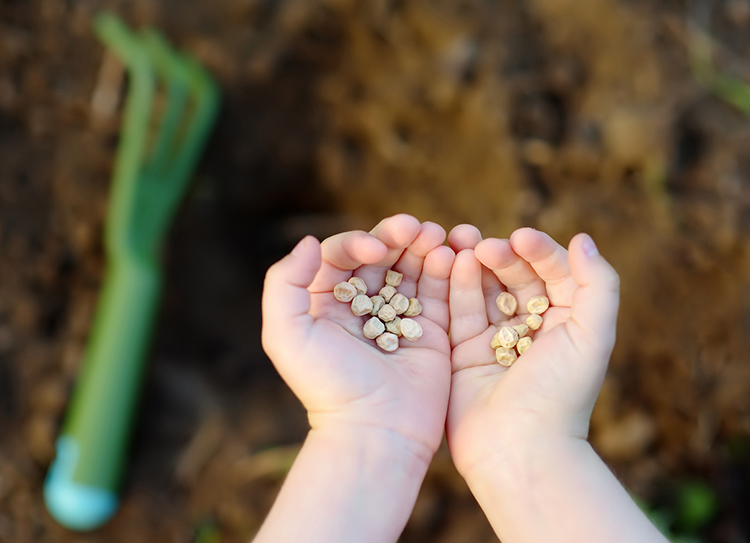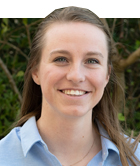
Negative temperatures, chilling wind, and mountains of snow and ice have been pummeling much of the country. To keep sane, there’s nothing better than looking forward to spring.
A dairy farm is always busy, but the spring months take it to another level. It’s a special kind of rush to watch the weather, beat the clock, and get everything ready and planted at the right time. It’s a time of preparation for the next year’s diet and, though hectic, a time to appreciate new growth. Farmers know better than anyone the presence of being connected to food through the land.
At a much smaller scale, that presence and understanding is conveyed when people begin planting their own food — whether that’s a full-fledged garden or seeds growing in a cup. Even patio gardening has become popular with people at home during the pandemic. Growing food makes us more aware of what we eat and helps us appreciate it.
That appreciation and understanding might not be as important anywhere as it is for growing children learning about their world. With a rising number of urban schools developing school and community gardens, more kids are getting the chance to get their hands dirty and see where their food comes from.
One example in Texas found another benefit: kids who gardened ate more vegetables! Nutrition researchers installed vegetable gardens at 16 elementary schools in the central part of the state and taught classes to parents and students about cooking and nutrition. At the end of the year, those students ate a half serving more vegetables per day than they did before the program. That may not sound like much, but every small step toward healthier eating patterns can make a long-term difference, the researchers said. Many of the students were receiving free and reduced meals at school. They faced food insecurity all too often, lived in food deserts, and were at higher risks for childhood obesity. Connecting with food encouraged them to eat smarter and be healthier.
Milk, cheese, yogurt, and other dairy products all have a place in a smarter, healthier diet, and although they can’t be grown in a backyard garden, we can certainly still connect our consumers with our cows, land, and milk through the stories we share and the examples we portray. Dairy farm families are fortunate every day to witness how food is produced. As more people venture into exploring that world, even with just a tiny step, we can be a guide in building their appreciation for the systems that feed us.

Katelyn Allen joined the Hoard’s Dairyman team as the Publications Editor in August 2019 and is now an associate editor. Katelyn is a 2019 graduate of Virginia Tech, where she majored in dairy science and minored in communication. Katelyn grew up on her family’s registered Holstein dairy, Glen-Toctin Farm, in Jefferson, Md.








